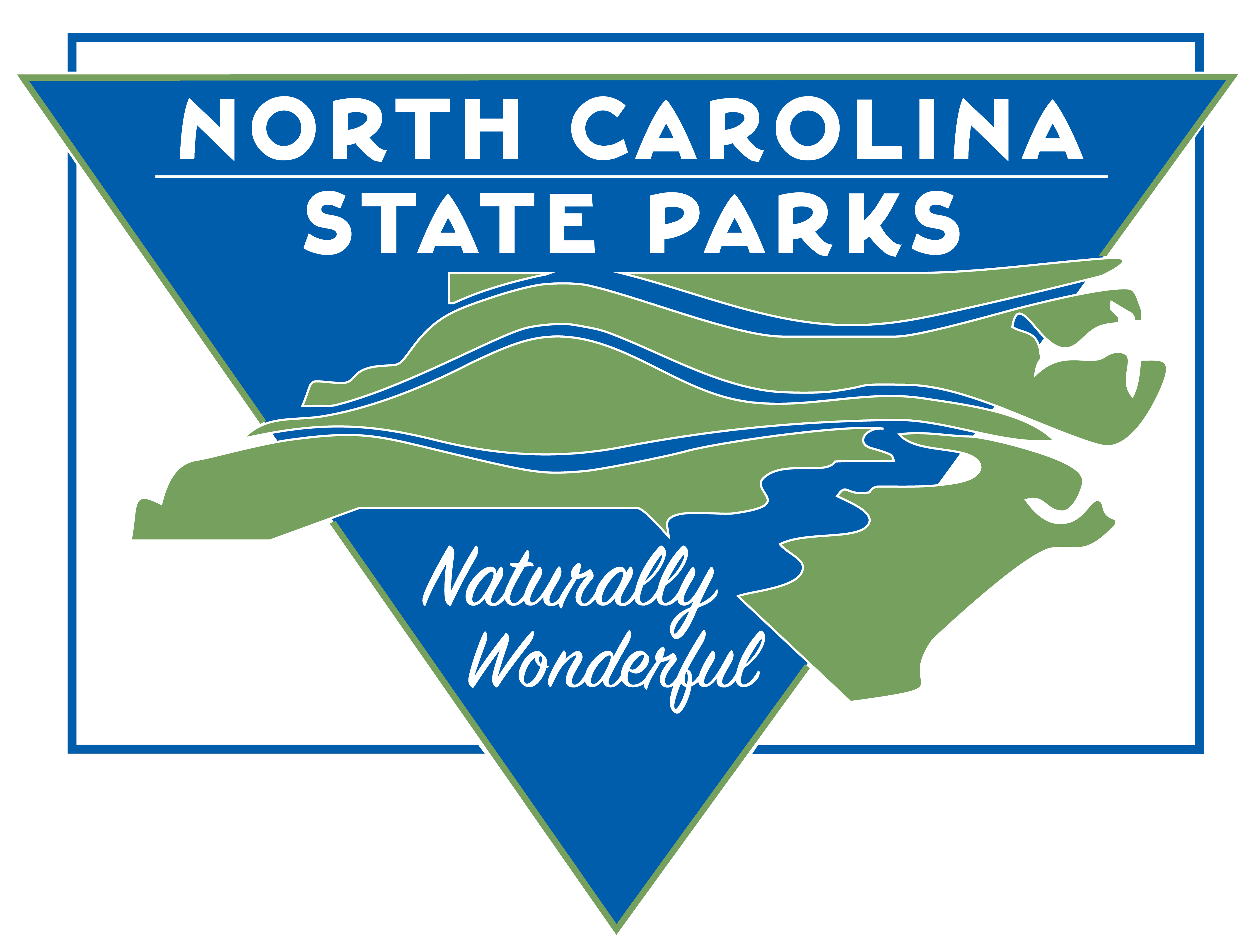The role of fire throughout North Carolina's ecosystem over the last 10,000 years has been well documented. These fires were caused primarily by lightning, and fire history studies have established a long record of repeated fires of varying scale and intensity. Ecosystems that have been exposed to such fires typically exhibit high biodiversity, and many of these species are known to be dependent on fire for survival and reproduction.
North Carolina is known to support a wide variety of plant and animal species that respond vigorously to fire. In fact, approximately 65% of the nearly 700 rare plant species that occur in North Carolina are known to be fire-dependent. Common plant adaptations that allow for survival in the face of repeated fires include thick bark and leaves, resprouting via underground stems, long-lived seed banks in the soil, and cones that open only in the event of extreme fires.
Many state parks support natural communities that are dependent on frequent fire for maintenance and propagation. In the long-term absence of fire, these natural communities will be altered so that they no longer support their characteristic native species. Because of decades of complete fire suppression, many fire-adapted ecosystems in state parks have been degraded. One result of this is that both common and rare fire-dependent species have been lost. Another result is that heavy concentrations of woody fuels have accumulated and unusually intense fires can occur.
A well-planned fire management program is critical for properly managing these ecosystems, and the division manages these resources through the application of prescribed fire. Under this program, fires are deliberately ignited under carefully prescribed conditions using techniques that will achieve specific management goals. The primary long-term goals of the fire management program are to restore and maintain high-quality examples of fire-adapted ecosystems across the state parks system. Prescribed fires are also used to reduce hazardous fuel levels, enhance habitat for rare species, and control or eliminate non-native species.
2018-2022 Prescribed Fire Program: At A Glance
prescribed fires
state parks system locations
acres of prescribed burns
Benefits of Prescribed Fires
- By burning dead leaves on the forest floor, small twigs and branches, pine needles, and grasses, the prescribed burn returns nutrients to the soil. This natural fertilizer is particularly important in replenishing areas that were once used as farmland, where decades ago, crops depleted the nutrients from the soil.
- Prescribed burns also control competing plants that inhibit the growth of native plants.
- Some grasses and berry species need open space for germination. Such open space can be created by fire. Grasses and berry species are a popular food source for animals. When these plants are more abundant, they support more animals and a greater diversity of animals.
- Prescribed burns reduce the chance of an uncontrollable forest fire. Prescribed fires burn "forest fuels" — natural litter such as dead leaves, fallen tree branches, and pine needles — under controlled circumstances. If these fuels are allowed to build up, they can make a natural fire more difficult to contain.
